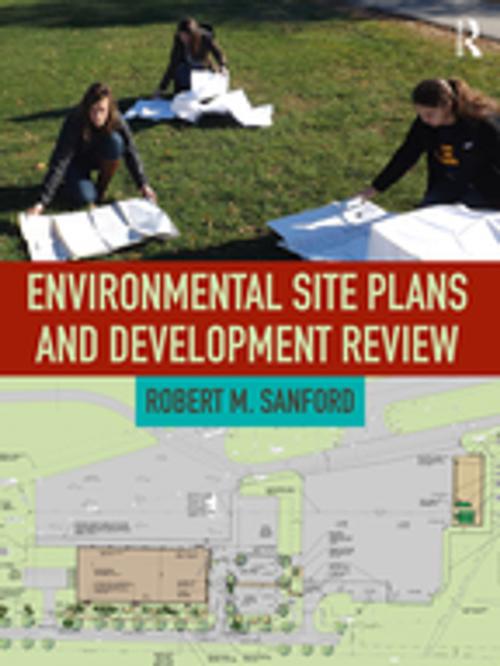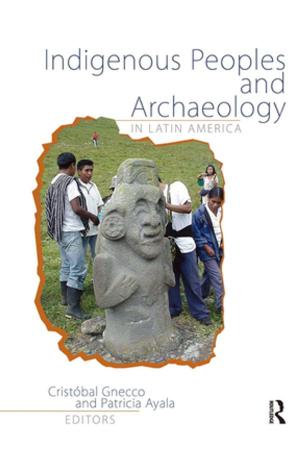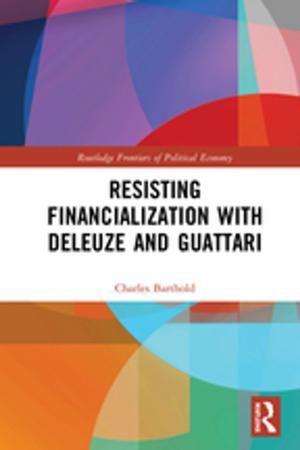Environmental Site Plans and Development Review
Nonfiction, Social & Cultural Studies, Social Science, Anthropology| Author: | Robert Sanford | ISBN: | 9781351656672 |
| Publisher: | Taylor and Francis | Publication: | August 15, 2017 |
| Imprint: | Routledge | Language: | English |
| Author: | Robert Sanford |
| ISBN: | 9781351656672 |
| Publisher: | Taylor and Francis |
| Publication: | August 15, 2017 |
| Imprint: | Routledge |
| Language: | English |
The most effective way to participate in land stewardship and environmental management is to get involved in the review of proposed developments. In smaller communities, this review is primarily done by a planning board or commission made up of volunteer members, guided by professionals in certain aspects such as traffic, historic preservation, civil engineering, water supply, and wastewater disposal. In larger communities, professional planning staff with the assistance of municipal engineers conducts the review, which will then be presented to the planning commission. In either case, everyone—officials, volunteers, reviewers, consultants, neighbors, and the public in general—needs to know what is being proposed. The site plan itself is the primary tool for understanding the proposal.
Environmental review is not an easy task, even for consultants and professional planners. There is a need for a general guide that presents the design, infrastructure, and environmental issues to address, what a reviewer needs to know about these issues, and how to interpret them. The book points the reader to accessible, low-cost resources to aid in the review process. In these times of climate change, rising populations, energy challenges, and economic turmoil, there is a real need for development to occur in as efficient and environmentally-responsible a manner as possible. Citizen review is a critical step in the approval, alteration, or denial of site plans for land subdivision and new development. Hence, informed participants in the review processes are more important than ever.
This book is designed to assist professional archaeologists, environmental consultants, and others interested in construction, development and other physical land alteration that must go before some sort of review board. The book is also suitable for college undergraduates and graduate students in fields that bring them into environmental development of sites. And it is useful for neighbors and other members of the public who want to understand proposed land development in their neighborhood.
The most effective way to participate in land stewardship and environmental management is to get involved in the review of proposed developments. In smaller communities, this review is primarily done by a planning board or commission made up of volunteer members, guided by professionals in certain aspects such as traffic, historic preservation, civil engineering, water supply, and wastewater disposal. In larger communities, professional planning staff with the assistance of municipal engineers conducts the review, which will then be presented to the planning commission. In either case, everyone—officials, volunteers, reviewers, consultants, neighbors, and the public in general—needs to know what is being proposed. The site plan itself is the primary tool for understanding the proposal.
Environmental review is not an easy task, even for consultants and professional planners. There is a need for a general guide that presents the design, infrastructure, and environmental issues to address, what a reviewer needs to know about these issues, and how to interpret them. The book points the reader to accessible, low-cost resources to aid in the review process. In these times of climate change, rising populations, energy challenges, and economic turmoil, there is a real need for development to occur in as efficient and environmentally-responsible a manner as possible. Citizen review is a critical step in the approval, alteration, or denial of site plans for land subdivision and new development. Hence, informed participants in the review processes are more important than ever.
This book is designed to assist professional archaeologists, environmental consultants, and others interested in construction, development and other physical land alteration that must go before some sort of review board. The book is also suitable for college undergraduates and graduate students in fields that bring them into environmental development of sites. And it is useful for neighbors and other members of the public who want to understand proposed land development in their neighborhood.















